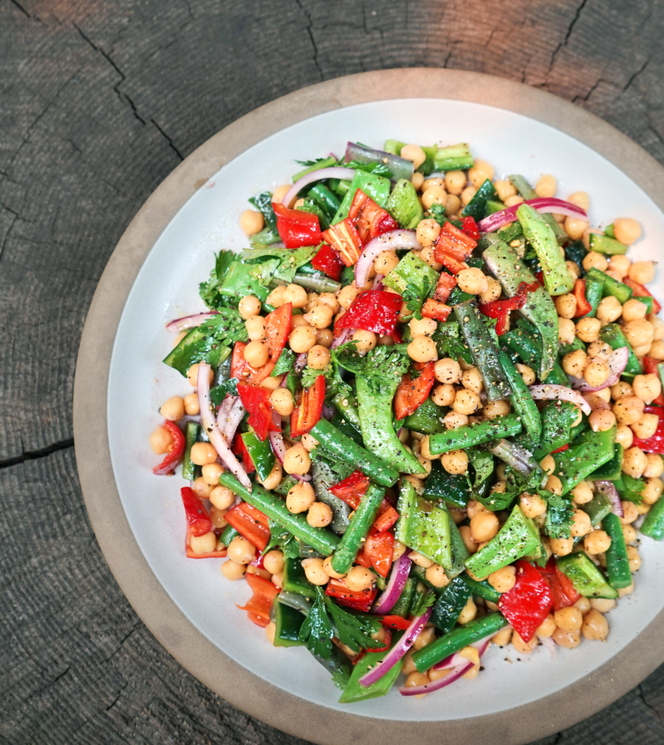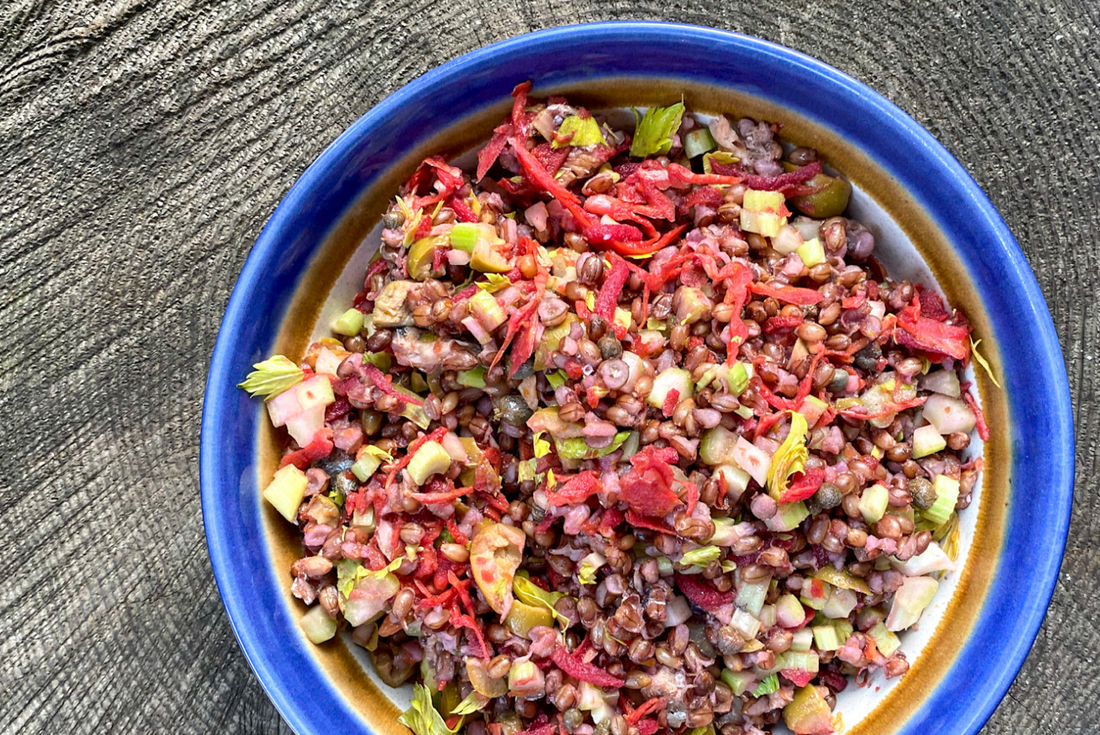
Purple Valley Barley Salad with Pickleez in Purple
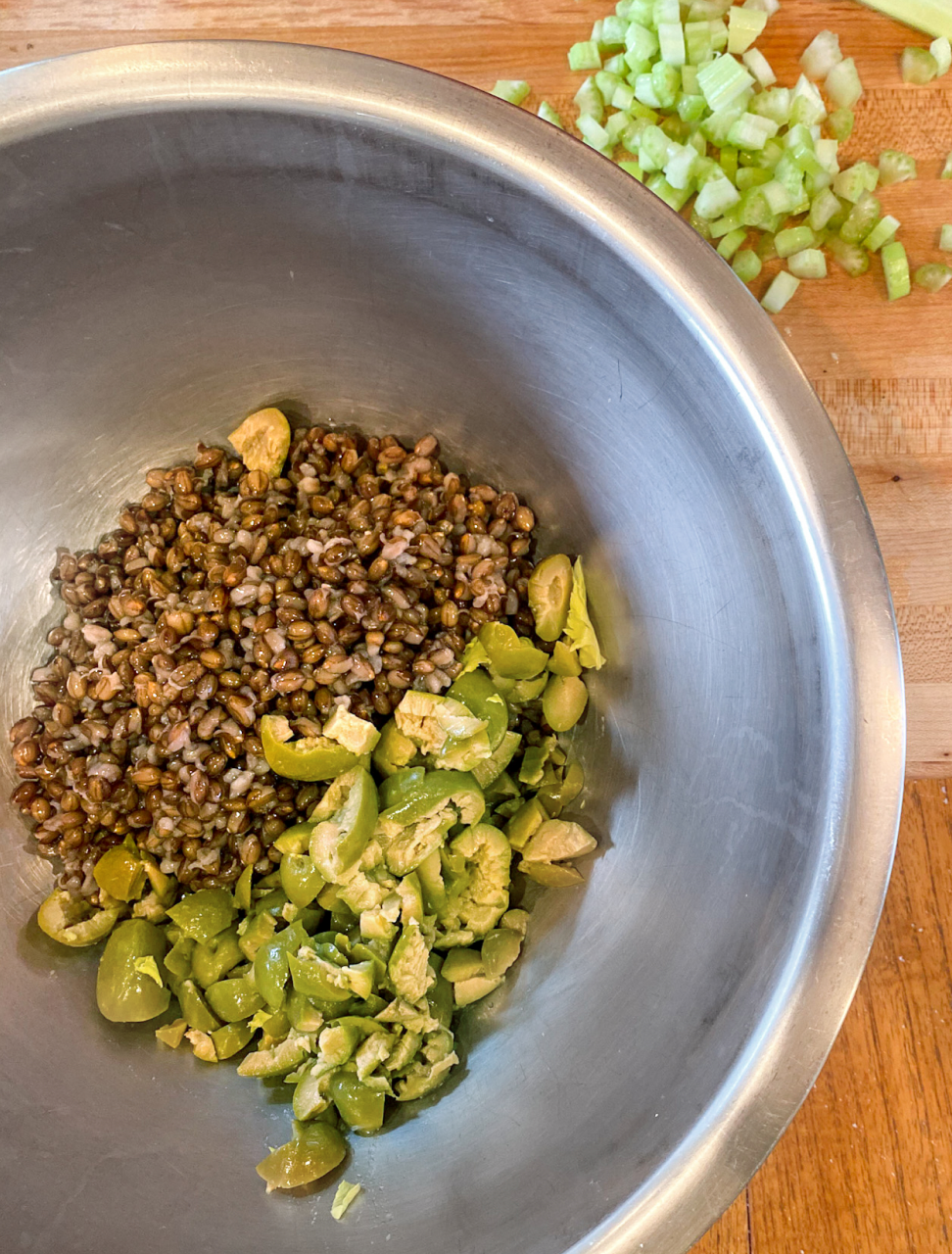
Naked barleys are delicious, and they provide regional farmers another crop for feeding us.
We grow a lot of barley in Oregon, but it’s mostly used to make beer or feed cattle. Most of what we actually eat is pearled, a process that grinds the tough hull off the barley berry. Unfortunately, it takes most of the nutrients and fiber, so pearled barley lands in the same category as white rice or industrial bread, an incomplete carbohydrate best eaten only occasionally.
Plant researchers at Oregon State University Barley World are working to reintroduce eaters to naked barley. Varieties that easily shed their tough outer hull, naked barleys have been around forever, but not widely cultivated as a food crop. It’s a shame, because naked barleys are delicious, and they provide regional farmers another crop for feeding us.
Purple Valley naked barley gets its name from the color of the uncooked grains. It fades with cooking, but the Haitian-style pickled cabbage provides plenty of color to this simple salad. It gets a flavor boost from some of our favorite Sicilian olives. Giarraffa olives are an ancient native variety, and cracking each olive allows the curing brine to penetrate and remove the bitter compounds more quickly. It also makes pitting easy.
What You'll Need
Ingredients
- 1 cup of Purple Valley Naked Barley
- 1/2 cup of Green Olives
- 1 teaspoon of Italian fine sea salt
- 2 tablespoons of capers in sea salt
- 1/2 jar Sassy in Purple Pickleez
- 3 tablespoons of Antheo D.O.P. extra virgin olive oil
- 1 tablespoon of Katz Zinfandel Vinegar
- 1 tin Siesta Co. Sardines in Organic olive oil
Equipment
- 1 Chef's Knife
- 1 Cutting Board
- 1 Mixing Bowl
- 1 Strainer
- Measuring Cups
- Measuring Spoons
What you'll have to do
Step 1
Combine 1 cup of barley and 4 cups of water, add a teaspoon of sea salt, bring to a boil, cover, and simmer for 45 minutes. Let cool and drain.
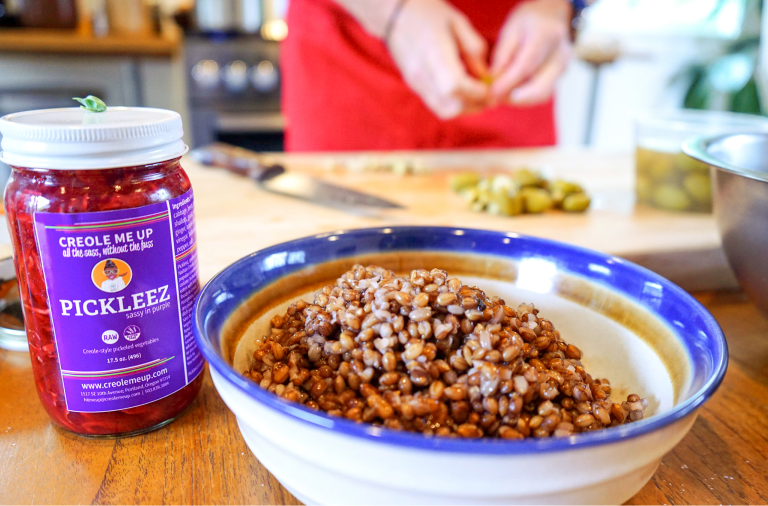
Step 2
Use the flat side of a knife to crush 1/2 cup of olives, then remove pits and chop coarsely.
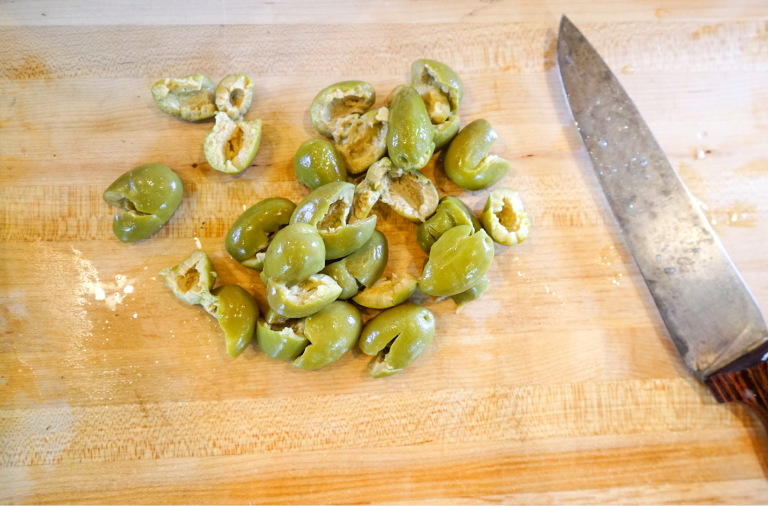
Step 3
Soak 2 tablespoons of capers in cold water for 15 minutes, then drain.

Step 4
Combine the barley, 1/2 a jar of pickleez, olives, and capers. Add 3 tablespoons of olive oil, 1 tablespoon of vinegar and sardines, if using. Mix well and taste before salting, since the capers are salty.
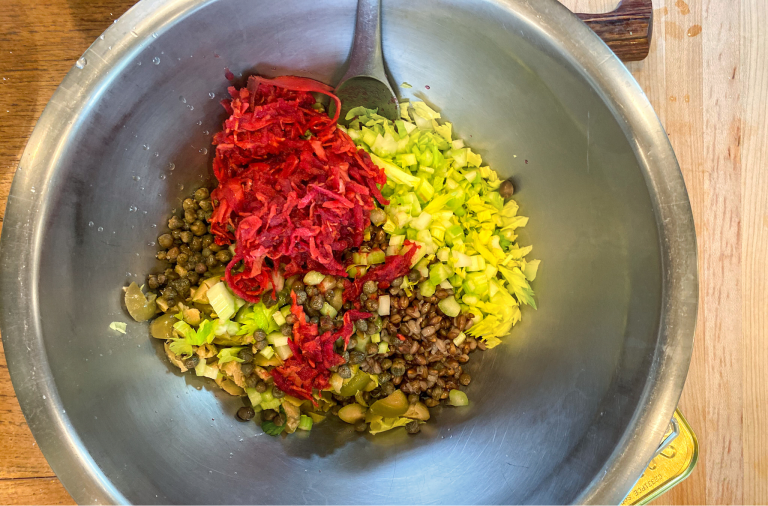
Shop this recipe
Out of stock
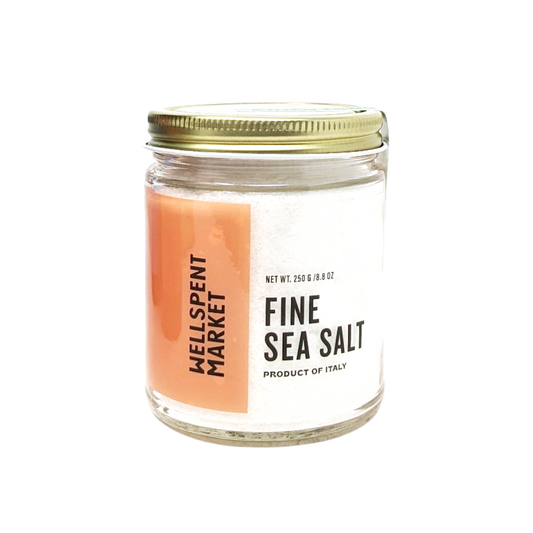
Salt, Herbs, & Spices
Italian Fine Sea Salt
Trapani - Sicily
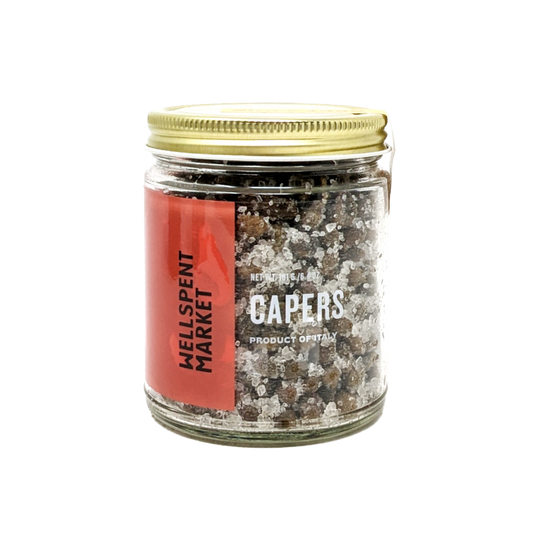
Capers, Pickles, & Peppers
Capers in Sea Salt
Pantelleria - Sicily
Example product title

Olive Oil
Antheo D.O.P.
Sicily - Italy
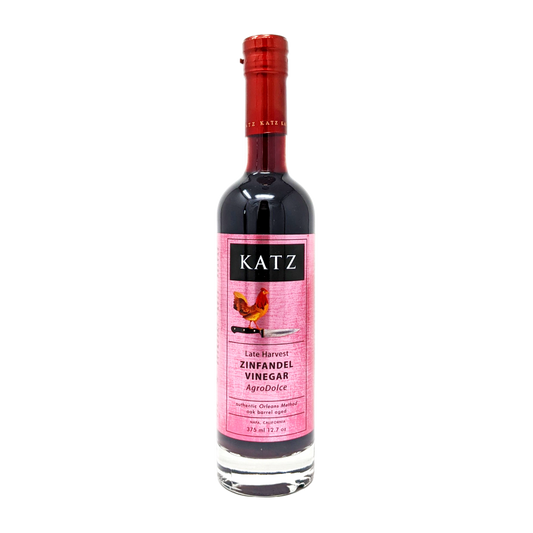
Vinegar
Zinfandel Vinegar
Napa - California
Out of stock

From the Sea
Sardines in Organic Olive Oil
Los Angeles - California
More recipes
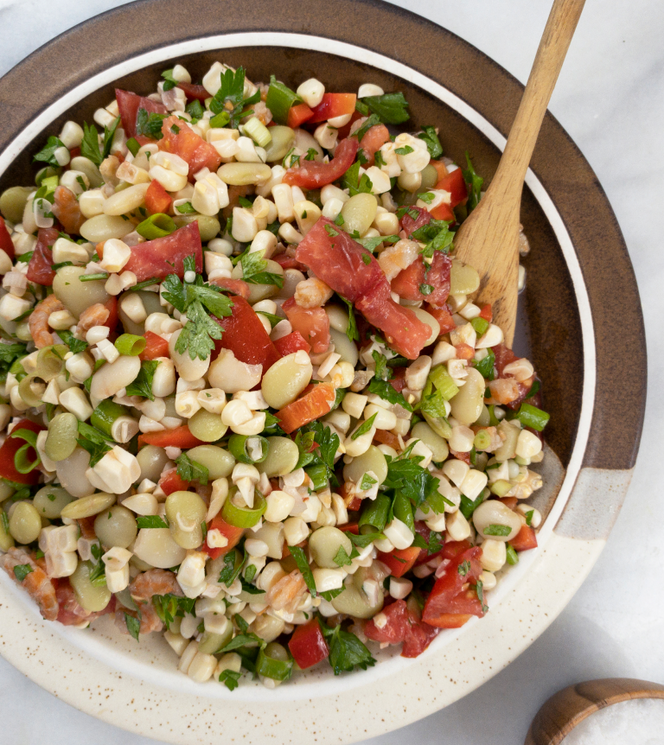
Baby Green Lima Bean Salad with Louisiana Dried Shrimp
Dried shrimp, the bacon of the sea, with tender baby lima beans for the win.

